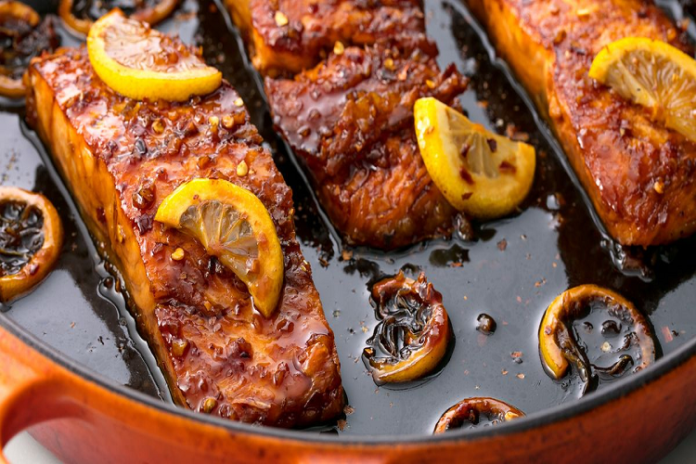Seafood is a highly favoured cuisine worldwide because of its delectable taste, adaptability, and numerous health benefits. It encompasses a diverse array of aquatic life forms, ranging from fish to crustaceans and mollusks. If you need more information then click here https://www.capsstpete.com/. In the following discussion, we will delve into the distinct types of seafood and their individual characteristics.
1. Fish is undeniably the most ubiquitous type of seafood, with an endless variety of species available. Among the popular types of fish are salmon, tuna, cod, trout, and haddock. This delectable aquatic delicacy is an excellent source of protein, omega-3 fatty acids, and vital nutrients like vitamin D.
2. Shellfish is a collective term for a diverse group of marine creatures possessing a hard protective shell, such as shrimp, lobster, crab, and oysters. They are a remarkable source of protein, vitamins, and essential minerals like zinc, iron, and calcium. Interestingly, certain shellfish, such as oysters, boast an impressive antioxidant content.
3. Mollusks refer to soft-bodied aquatic creatures like squid, octopus, and snails. They are a notable source of protein, omega-3 fatty acids, and vital vitamins such as B12. Mollusks are also an ideal choice for weight watchers, as they are low in calories while still packing a nutritious punch.
4. Cephalopods are a class of marine animals that possess tentacles, including squid and cuttlefish. They are an excellent source of protein, vitamin B12, and crucial minerals like copper and zinc. Moreover, cephalopods are naturally low in fat and calories, rendering them an optimal choice for individuals seeking to maintain a healthy diet.
5. Crustaceans, including crabs, lobsters, and shrimp, are a bountiful source of protein, omega-3 fatty acids, and vital nutrients like zinc and iron. Besides, they are naturally low in calories and fat, making them a smart pick for individuals keeping a close watch on their weight.
6. Seafood is a diverse category of food, with each type having its own distinct characteristics and culinary uses. The cooking methods employed to prepare each type can significantly impact the final flavour and texture of the dish.
7. Fish, for instance, can be grilled, baked, or fried to enhance its natural flavours. Grilling brings out the smoky flavours of the fish, baking locks in its moisture, while frying produces a crispy exterior and tender interior. Shellfish, on the other hand, is often steamed, boiled, or grilled to maintain its succulent and delicate texture. These cooking methods highlight the shellfish’s natural sweetness, tenderness, and freshness.
It’s worth noting that different cooking methods can bring out unique flavours and textures in seafood. Mollusks can be used in soups and stews to enhance the depth of the dish, while cephalopods are commonly fried or grilled for their crispy exterior and tender interior. Crustaceans are often boiled, steamed, or grilled, while seaweed can be used in salads, soups, or as a garnish.
Table of Contents
Conclusion:
The versatility of seafood makes it a favourite choice among chefs and home cooks alike. Experimenting with different cooking methods and flavour combinations can produce delicious and innovative dishes that are sure to delight even the most discerning palate.









